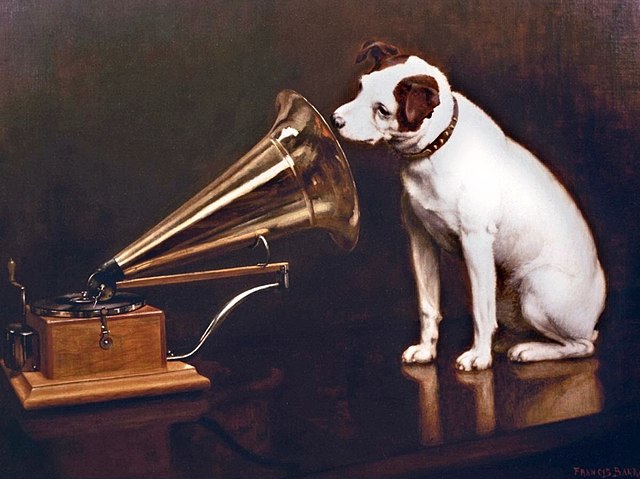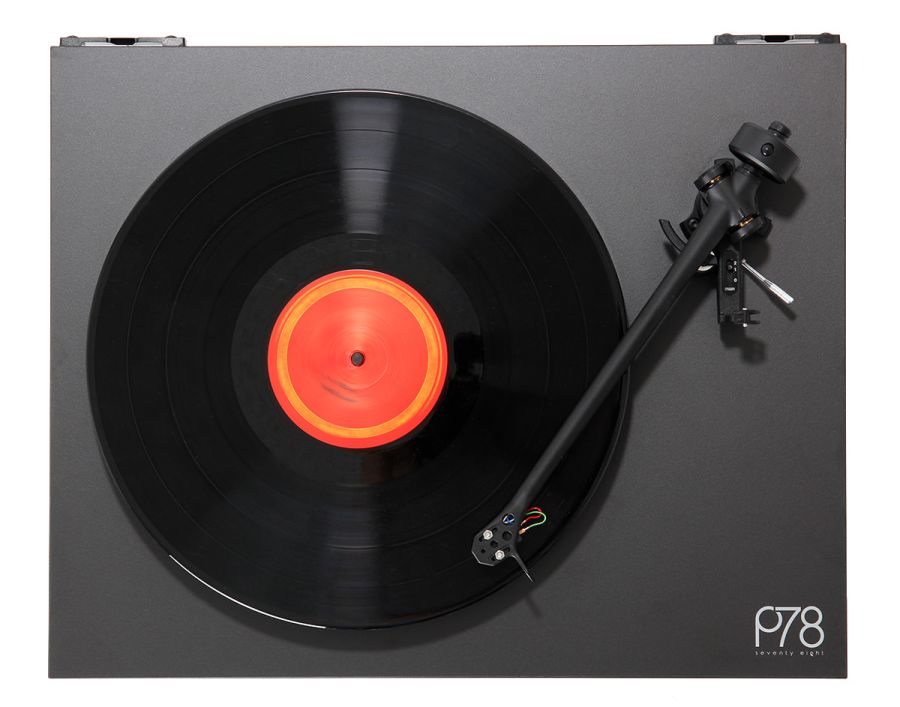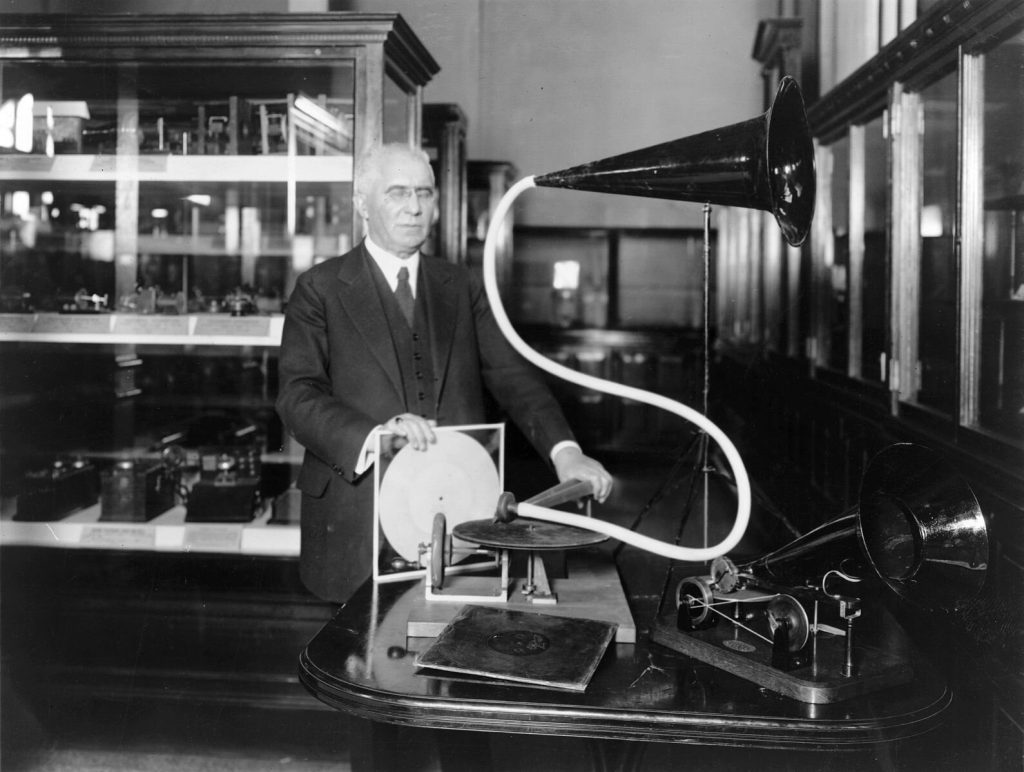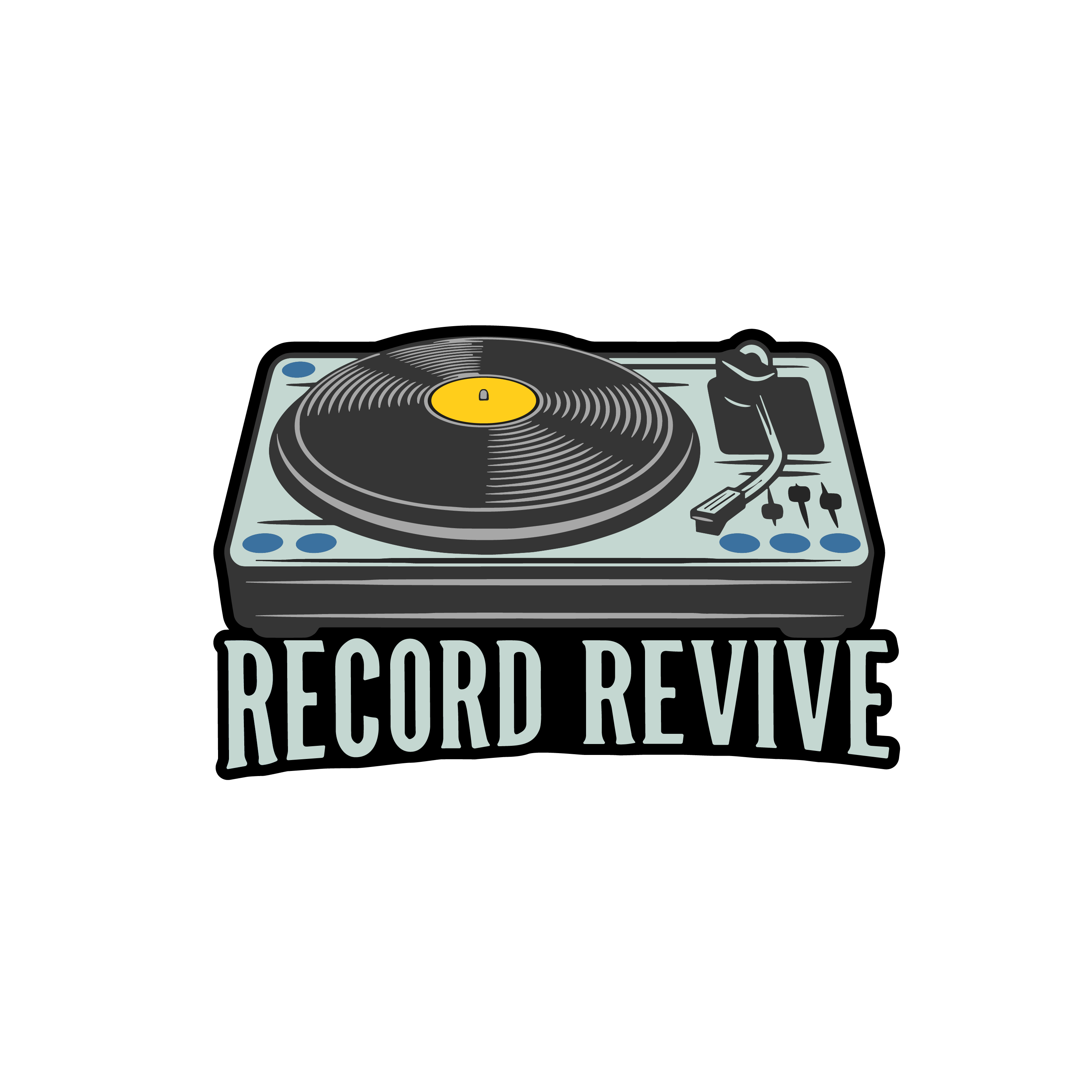
Music has become an inseparable part of modern life, available anytime and anywhere at the press of a button. However, just a little over a century ago, this wasn’t the case. Before 1877, music could only be heard live or through rudimentary mechanical devices like the music box, which functioned similarly to a modern turntable but with limited capabilities. That changed when Thomas Edison invented the phonograph in 1877—a device capable of both recording and playing sound using a wax cylinder. While revolutionary, it was still far from the turntables and records we recognize today.
The rapid technological advancements of the late 19th century soon led to Emile Berliner’s breakthrough. In 1887, he invented the Gramophone, which used lateral-cut flat disc records instead of cylinders. Berliner realized that these discs could be mass-produced using a master stamper, making recorded music more affordable and widely accessible. His invention became the blueprint for modern vinyl records, using a stylus to trace grooves embedded in the material—first wax, then later polyvinyl chloride (PVC), the standard for records today.
“When I die, just keep playing the records.” – Jimi Hendrix
Improvements on the methods behind molding discs allowed for the 78 RPM (revolutions-per-minute) record to become standard by 1915, with a playing time of about 9 minutes for the whole record, 4 ½ minutes per side. Then in the years following the second world war Columbia Records introduced the long-playing (LP) record which is still the variation that we use today. The rotational speed was set at 33 1/3 RPM, along with this the use of very fine grooves cut into the record allowed for up to an hour of music on each record. Shortly after this RCA Corporation introduced the 45-RPM disc, which is most used for singles, only allowing for 8 minutes of music per side. These LP’s and singles eventually overtook the 78’s market share during the 1950’s.


During this time, there was also a significant advancement in how people experienced sound through their speakers: stereophonic sound. Before this, records used monophonic sound, meaning all audio was condensed into a single channel. This made it seem as though all sounds were coming from a single point, lacking the spatial depth that modern listeners are familiar with. Monophonic recordings were the standard for decades, as early technology did not allow for multiple audio channels to be separated within a record’s grooves.
The introduction of stereophonic sound changed this by allowing separate left and right audio channels to be embedded into the record. With a stereo sound system, music could now be perceived as more immersive, with different instruments and vocal elements positioned in distinct spatial locations. This created a three-dimensional soundstage, mimicking the way we naturally hear sound in real life. Stereo quickly became the dominant format, as it added more depth and realism to music recordings. However, monophonic sound still has a dedicated following, with some listeners preferring its raw, unified quality. Many early jazz, blues, and rock recordings were originally produced in mono, and some audiophiles argue that they should be heard as they were originally intended. Ultimately, the choice between mono and stereo comes down to personal preference and the type of listening experience one values most.
Wrapping Up with Key Insights
The journey of vinyl records, from Edison’s phonograph to Berliner’s gramophone and the eventual rise of stereophonic sound, showcases how technology has continuously shaped the way we experience music. What started as an experimental means of recording sound evolved into an art form that revolutionized the music industry, allowing people to enjoy their favorite songs anytime, anywhere. The shift from monophonic to stereophonic sound further enhanced this experience, bringing a new level of depth and immersion to recorded music.
Despite the rise of digital streaming, vinyl has remained a cherished format, not just for its nostalgic appeal but for the warmth and authenticity it brings to music. Whether one prefers the simplicity of mono recordings or the dynamic range of stereo sound, vinyl records continue to hold a special place in the hearts of music enthusiasts. Their enduring presence proves that even in an age of convenience, the tactile and immersive nature of vinyl remains unmatched—a testament to the lasting power of analog sound.


Leave a Reply
You must be logged in to post a comment.